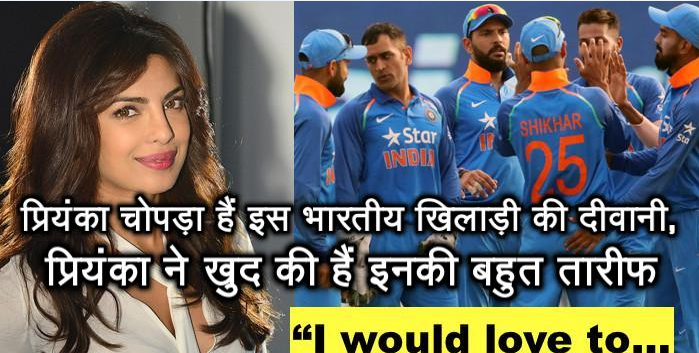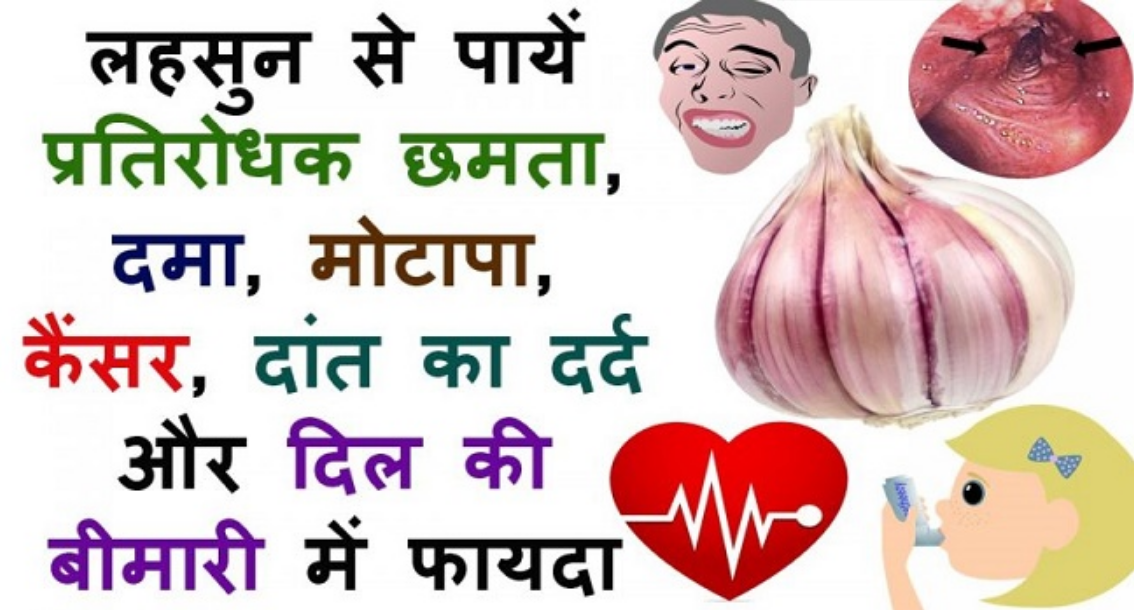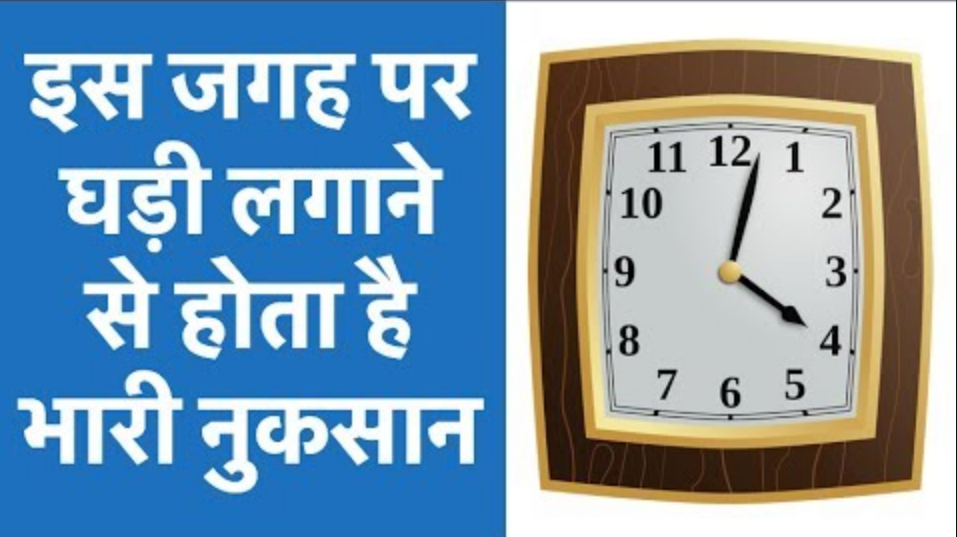Cervical Cancer Prevention in Men: Why HPV Vaccination for Males is Critical

When we think of cervical cancer, it is often associated with women, as the disease directly affects the cervix. However, what many people overlook is the critical role that men play in the transmission of the human papillomavirus (HPV), which is the primary cause of cervical cancer. While HPV vaccination campaigns have traditionally focused on females, recent studies and health experts emphasize the importance of vaccinating males as well. This article explores why HPV vaccination for men is crucial, its impact on cervical cancer prevention, and how it contributes to broader public health benefits.
Understanding HPV and Its Link to Cervical Cancer
The human papillomavirus (HPV) is one of the most common sexually transmitted infections (STIs) worldwide. There are over 200 types of HPV, and while many are harmless, certain high-risk strains, such as HPV-16 and HPV-18, are responsible for approximately 70% of cervical cancer cases. HPV can also lead to other cancers, including anal, penile, throat, and oropharyngeal cancers in both men and women.HPV is highly contagious and spreads through intimate skin-to-skin contact during sexual activity. Most people infected with HPV do not show symptoms, making it easy for the virus to spread unknowingly. While women bear the direct burden of cervical cancer, men act as carriers and transmitters of the virus, perpetuating its prevalence.
Why Focus on Men?
Historically, HPV vaccination campaigns have targeted females to reduce cervical cancer rates. While this approach has been effective in lowering infection rates among vaccinated women, it leaves a significant gap in addressing the overall transmission of HPV. Here’s why vaccinating males is equally important:
- Breaking the Chain of Transmission
Men are often asymptomatic carriers of HPV. By vaccinating males, we can reduce the overall circulation of high-risk HPV strains in the population. This helps protect not only women but also men themselves from HPV-related cancers. - Protecting Men from HPV-Related Cancers
Although cervical cancer is exclusive to women, HPV causes cancers that affect men as well. Anal cancer, penile cancer, and oropharyngeal cancers (cancers of the throat and mouth) are increasingly linked to high-risk HPV strains. Vaccinating men can significantly lower their risk of developing these cancers. - Promoting Herd Immunity
Herd immunity occurs when a large portion of a population becomes immune to a disease, reducing its spread. Including males in vaccination programs strengthens herd immunity against HPV, benefiting both genders. - Addressing Gender Equality in Healthcare
Focusing solely on vaccinating females places an unequal burden on women to prevent HPV-related diseases. Expanding vaccination efforts to include males promotes a more equitable approach to public health.
HPV Vaccination: The Science Behind It
HPV vaccines are highly effective in preventing infections caused by high-risk strains of the virus. The two most commonly used vaccines are Gardasil and Cervarix:
- Gardasil protects against four types of HPV (6, 11, 16, and 18) and newer versions like Gardasil 9 cover additional strains.
- Cervarix focuses on preventing infections from HPV-16 and HPV-18.
The vaccines work by stimulating the immune system to produce antibodies that block the virus from infecting cells. They are most effective when administered before individuals become sexually active since they cannot treat existing infections.The World Health Organization (WHO) recommends routine HPV vaccination for both boys and girls between the ages of 9 and 14 years.
Benefits of Vaccinating Males
Vaccinating males against HPV offers numerous benefits at both individual and societal levels:
- Reduction in Cancer Cases
Studies show that vaccinating boys can significantly lower their risk of developing anal, penile, and oropharyngeal cancers later in life. - Lowering Genital Warts Prevalence
Low-risk strains of HPV (such as types 6 and 11) cause genital warts in both men and women. Vaccination reduces these cases dramatically. - Protecting Sexual Partners
By reducing their own risk of infection, vaccinated males help protect their sexual partners from contracting high-risk HPV strains. - Cost-Effectiveness
While expanding vaccination programs may seem expensive initially, it saves healthcare costs in the long run by reducing the burden of treating HPV-related diseases. - Improved Public Health Outcomes
A comprehensive vaccination strategy that includes both genders ensures a more robust reduction in overall HPV prevalence and related diseases.
Challenges in Promoting Male Vaccination
Despite its proven benefits, male vaccination against HPV faces several challenges:
- Lack of Awareness
Many people still associate HPV with cervical cancer alone, leading to misconceptions about its relevance for males. - Cultural Stigma
Discussions around STIs like HPV often face social stigma, making it difficult to promote vaccination openly. - Cost Barriers
In countries where vaccines are not subsidized or included in national immunization programs, high costs can deter families from vaccinating their children. - Policy Gaps
In many countries, national immunization programs focus exclusively on vaccinating girls, leaving boys out of routine vaccination schedules. - Parental Hesitation
Parents may be hesitant to vaccinate their sons due to a lack of understanding about the vaccine’s benefits or concerns about side effects.
Global Efforts Toward Male Vaccination
Several countries have already taken steps to include boys in their national immunization programs:
- In Australia, gender-neutral vaccination programs have successfully reduced HPV prevalence among both males and females.
- The United States recommends routine vaccination for boys aged 11–12 years.
- European countries like Austria and Switzerland have implemented similar gender-neutral approaches.
These efforts serve as examples for other nations looking to expand their vaccination strategies.
India’s Approach to Male Vaccination
India bears one-fifth of the global burden of cervical cancer cases but has yet to implement widespread male vaccination programs. While girls receive free vaccinations under government initiatives like Mission Indradhanush in some states, boys remain excluded from these efforts.Expanding vaccination coverage to include boys could significantly reduce India’s overall burden of HPV-related diseases. Public awareness campaigns highlighting the benefits for both genders are crucial for driving this change.
Future Directions: A Comprehensive Strategy
To effectively combat HPV-related diseases globally, a comprehensive strategy must include:
- Expanding gender-neutral vaccination programs.
- Increasing public awareness about the importance of male vaccination.
- Subsidizing vaccines to make them affordable for all socioeconomic groups.
- Encouraging healthcare providers to recommend vaccinations for boys during routine check-ups.
- Conducting further research on vaccine efficacy across diverse populations.
Cervical cancer prevention is not just a women’s issue—it requires collective action involving both genders. Vaccinating males against HPV is a critical step toward breaking the chain of transmission and reducing the overall burden of HPV-related diseases worldwide.By promoting gender-neutral vaccination strategies and addressing barriers like cost and awareness gaps, we can create a healthier future where preventable cancers like cervical cancer no longer pose a significant threat to public health. It’s time for policymakers, healthcare providers, and communities to recognize that protecting everyone from HPV starts with protecting everyone equally—men included.




